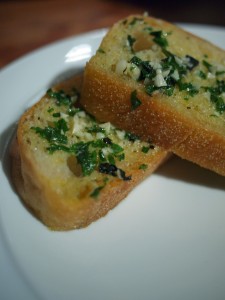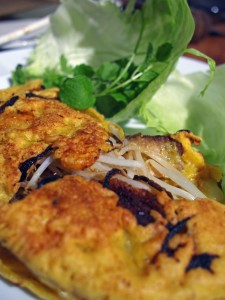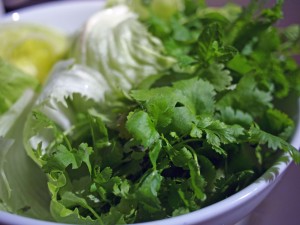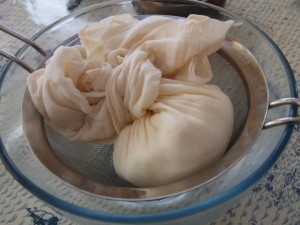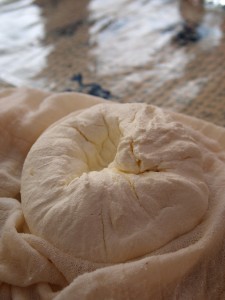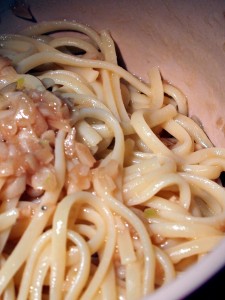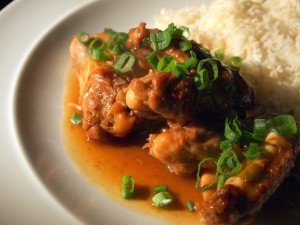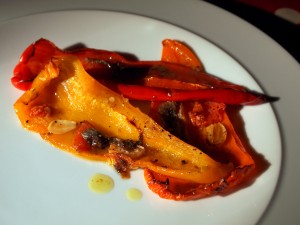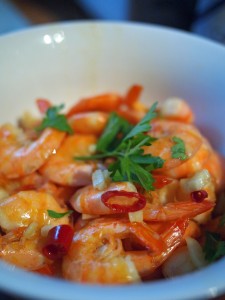
Another quick and dirty one today. This recipe’s a great addition to a table full of tapas. Good prawns, sweet, fat and succulent, are at their best when treated simply. Here, they’re just flavoured with garlic, piri-piri chilli peppers and olive oil, and cooked very quickly.
I get a bit repetitive with the following whinge every time I blog about prawns, so skip this paragraph if you must – but the lack of availability of raw prawns with their heads and skins still attached in this part of the country (and, to be honest, in many other parts too) absolutely infuriates me. If you’re in Cambridge, you can sometimes find big, whole tiger prawns at Seatree on Mill Road (a fish and chip shop with a small wet fish counter). I’ve not had great success with the fish stall on the market, which smells far more strongly than a good fish seller should. Aside from this, you’re out of luck for dedicated fish sellers. Get into the supermarkets early and you might get lucky; there are sometimes raw prawns in the freezer cabinet too. Good luck with heads and shells, though; as you can see, I wasn’t able to find prawns with heads although I did get lucky withs shells. Both add flavour – there’s real depth of flavour in those shells, and the squishy bits that some people call brains (actually the prawn’s hepatic organ) are really delicious if you can get around the squick factor. Do not hang out with Chinese families if the squick factor is a problem for you. We tend to crunch those shells and suck the brainy bits out at the table, and it’s only partially because we think they’re totally delicious. At least ten percent of our motivation is to put off the people we’re eating with so they leave some extra prawns.
South African piri-piri peppers are botanically indistinguishable from Thai bird’s eye chillies (cili padi or phrik khi nu if you’re in an oriental supermarket). Use whichever you can get your hands on.
To serve two with crusty bread to dibble in the juices, you’ll need:
750g raw prawns with shells and heads on (500g if, like me, you couldn’t get your hands on heads and shells – mine had shells but had been decapitated.)
5 fat, juicy cloves garlic
2 bird’s eye or piri-piri chillies. These are very hot, but if you’re brave you can add another one.
4 generous tablespoons fruity extra-virgin olive oil
Salt and pepper
1 tablespoon parsley to scatter
If your prawns are frozen, defrost them thoroughly and dry them on paper towels.
Warm the olive oil over a medium flame in a large frying pan and throw in the roughly chopped garlic, Sauté, keeping everything on the move, until the garlic is softening and giving up its scent (about a minute). Add the prawns and chopped chillies to the pan and continue to sauté until the prawns have turned from grey to pink (3-5 minutes). There is nothing as good as the smell of prawns cooking with garlic – your kitchen will smell wonderful.
Season with salt and pepper, transfer to a serving bowl and sprinkle with the parsley. Eat immediately, while they’re still piping hot.

